Summer Flow: Best Outdoor-Indoor Design Harmony
Summer is my absolute favorite time to blur the lines between my indoor and outdoor spaces. There’s something magical about creating a seamless flow that makes your entire home feel bigger, brighter, and more connected to nature.
I’ve spent years perfecting this art of coordination, and I’m excited to share everything I’ve learned about creating cohesive summer spaces that truly work together.


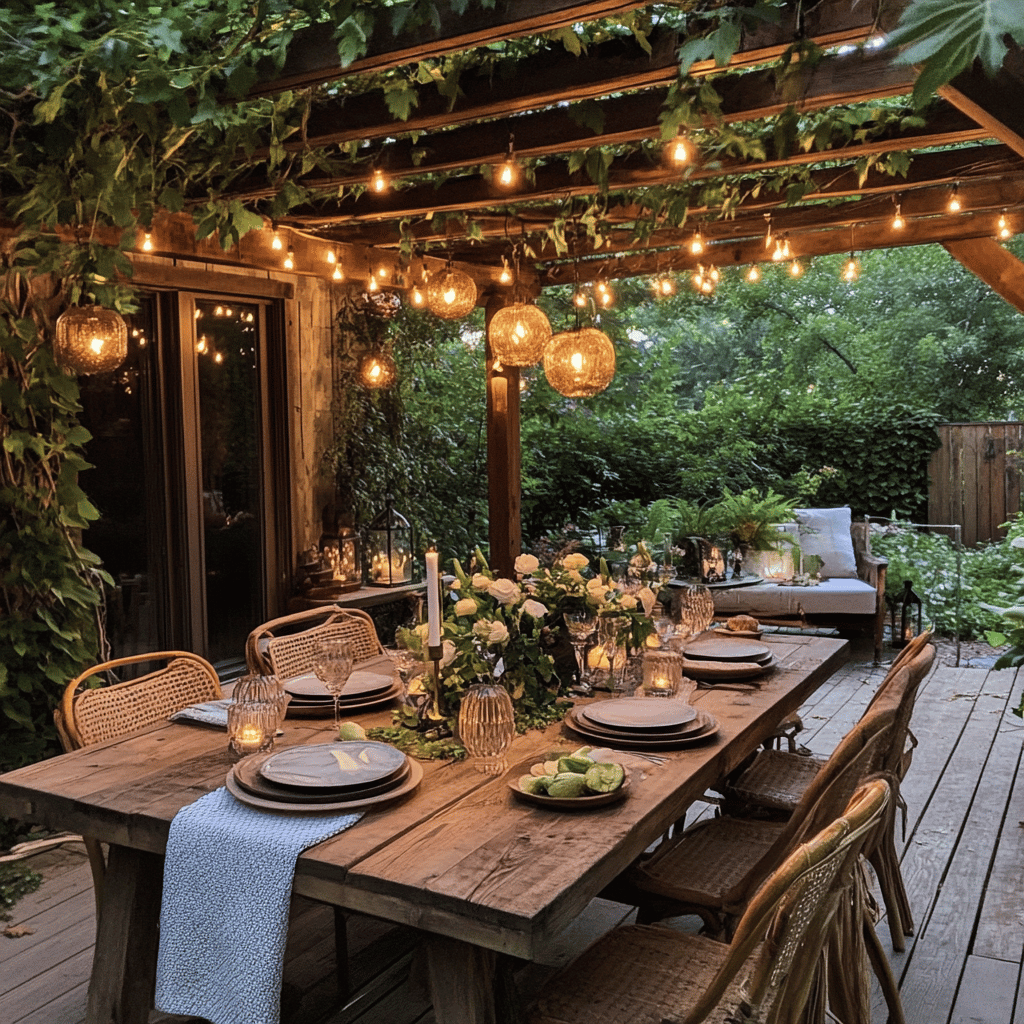
Why Outdoor-Indoor Coordination Matters
When I first started thinking about coordinating my spaces, I didn’t realize how much impact it would have. The difference is remarkable. Your home feels more spacious when there’s visual continuity between inside and out.
I notice my guests naturally gravitate toward areas where this flow exists. They linger longer on patios that complement indoor rooms. They feel more relaxed in spaces that don’t jar their senses with abrupt style changes.
Summer coordination also maximizes your living space. Instead of treating outdoor areas as afterthoughts, they become natural extensions of your home. This is especially valuable during warm months when you want to live outside as much as possible.
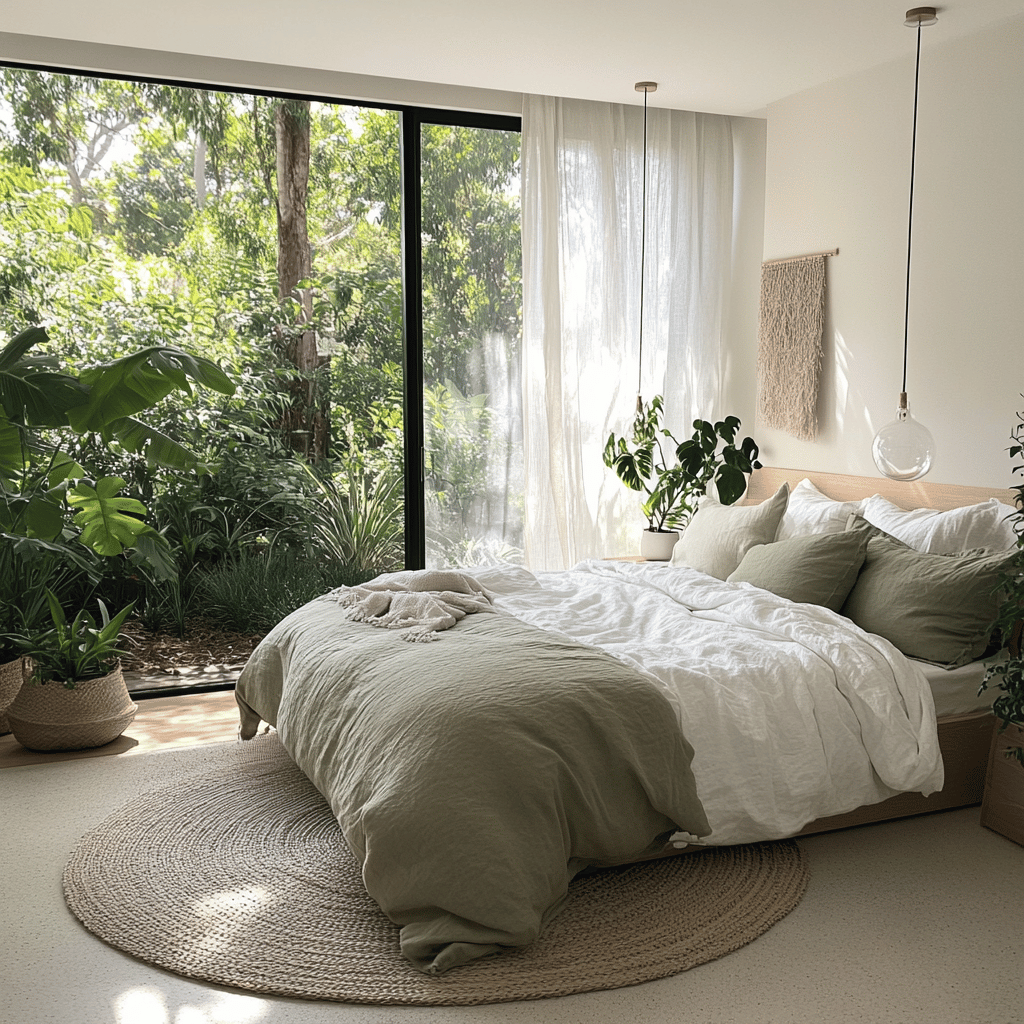
Foundation Elements for Seamless Design
Color Palette Coordination
I always start with color when planning my summer coordination. The key is choosing a palette that works both indoors and outdoors while accounting for natural light differences.
My go-to summer palette includes soft whites, warm grays, and natural wood tones as neutrals. Then I add seasonal pops through blues that mirror sky and water, greens that echo foliage, and warm terracotta or coral accents.
Indoor spaces can handle more saturated colors since they’re protected from sun fading. I use deeper versions of my outdoor hues inside. For example, if I have sage green outdoor cushions, I might use forest green throw pillows indoors.
Weather resistance is crucial for outdoor colors. I’ve learned to invest in fade-resistant fabrics and UV-protective finishes. Nothing ruins coordination faster than sun-bleached outdoor elements that no longer match your indoor palette.
Material Selection Strategy
Natural materials create the most convincing indoor-outdoor flow. Wood, stone, rattan, and linen work beautifully in both environments when properly treated.
I love using teak furniture that can transition between spaces seasonally. My dining chairs move from indoor table to outdoor patio depending on the weather and occasion. Weathered wood accents add texture while maintaining consistency.
Stone elements like travertine or slate tiles can flow from indoor floors to outdoor patios. The key is choosing materials that look intentional in both settings, not like you’re trying to force indoor furniture outside.
Metal accents in black iron, aged brass, or powder-coated aluminum bridge the gap nicely. I use consistent hardware finishes on both indoor and outdoor furniture and fixtures.

Room-by-Room Coordination Strategies
Living Room to Patio Flow
The living room to patio transition is where I see the biggest impact from good coordination. I treat my patio as an outdoor living room with similar furniture arrangements and comfort levels.
My indoor sofa faces large sliding doors that open to the patio. I’ve positioned outdoor seating to create conversation areas that feel connected even when doors are closed. The sight lines are crucial here.
Rugs are essential for both spaces. I use natural fiber rugs that can handle moisture outdoors while choosing similar patterns or colors for my indoor space. Jute and sisal work particularly well for this purpose.
Lighting coordination extends the usable hours dramatically. I use similar lamp styles indoors and outdoors, choosing fixtures that complement each other. String lights outside echo the warm ambiance of table lamps inside.
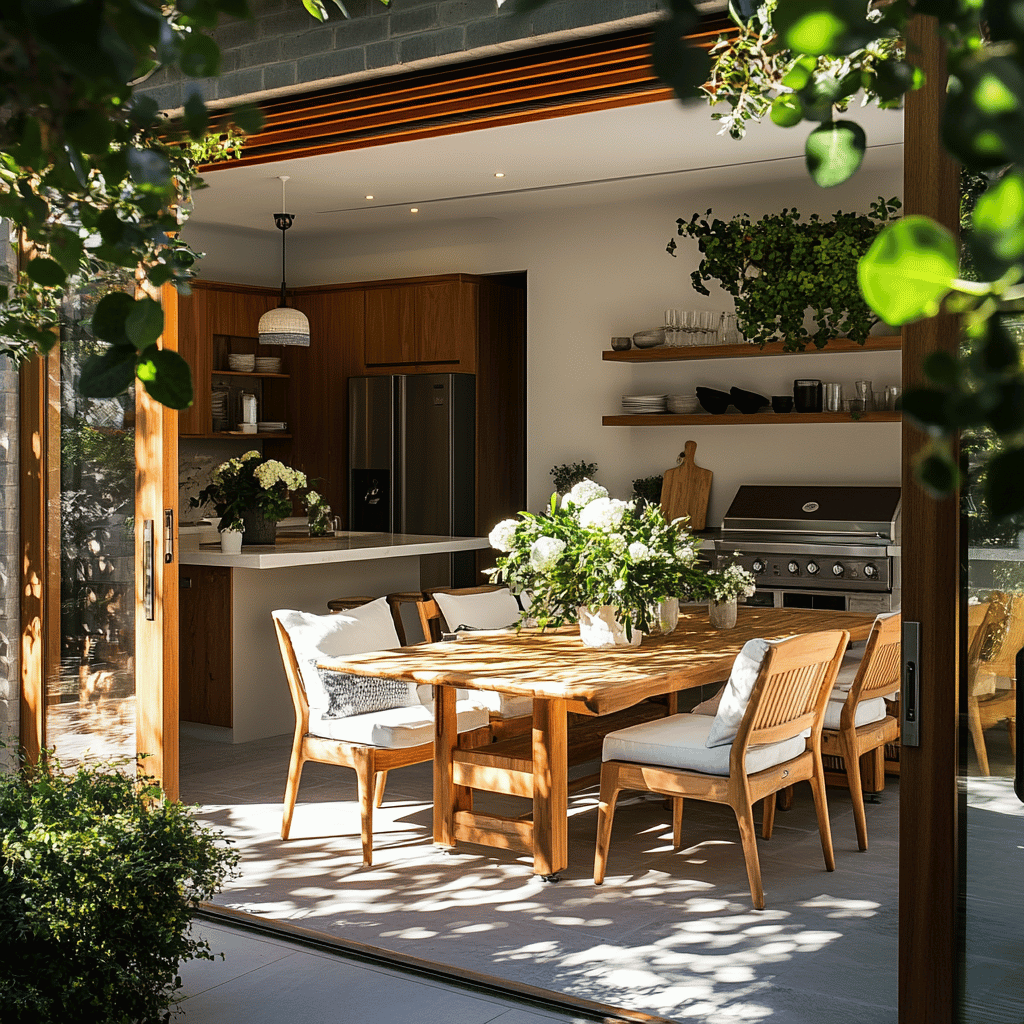
Kitchen to Outdoor Dining
Summer entertaining flows naturally from kitchen to outdoor dining spaces. I coordinate these areas to make hosting feel effortless and elegant.
My outdoor dining table mirrors the height and scale of my kitchen island. This creates visual consistency when viewed from inside. I can prep food inside while maintaining conversation with guests outside.
Serving pieces in matching or complementary styles bridge the two spaces. I invest in beautiful platters and bowls that work for both indoor and outdoor entertaining. Natural materials like wooden boards and ceramic dishes are perfect for this.
Herb gardens positioned near outdoor dining areas provide fresh ingredients while adding living decor. I plant herbs in containers that match my indoor plant pots for consistency.
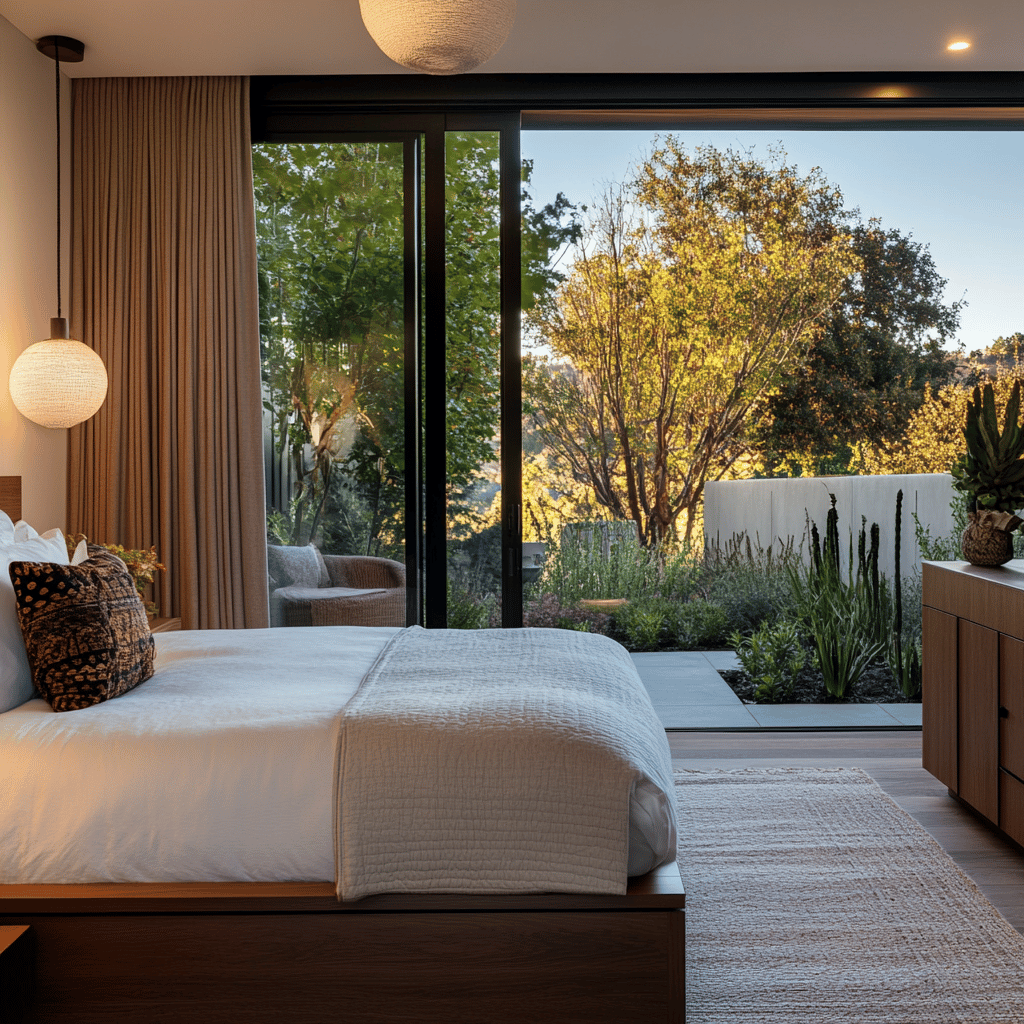
Bedroom to Garden Views
Bedrooms with garden views benefit enormously from coordination. I wake up each morning to a seamless transition from indoor comfort to outdoor beauty.
Window treatments that frame rather than block views are essential. I use light, flowing curtains that echo the movement of outdoor plants. The fabric colors complement my garden plantings.
Indoor plants that mirror outdoor garden choices create continuity. If I have lavender in my garden, I might have potted herbs on my bedroom windowsill. The scents and textures connect the spaces.
Bedding in natural fibers and garden-inspired colors enhances the connection. I choose linens in colors that complement my outdoor plant palette rather than competing with it.
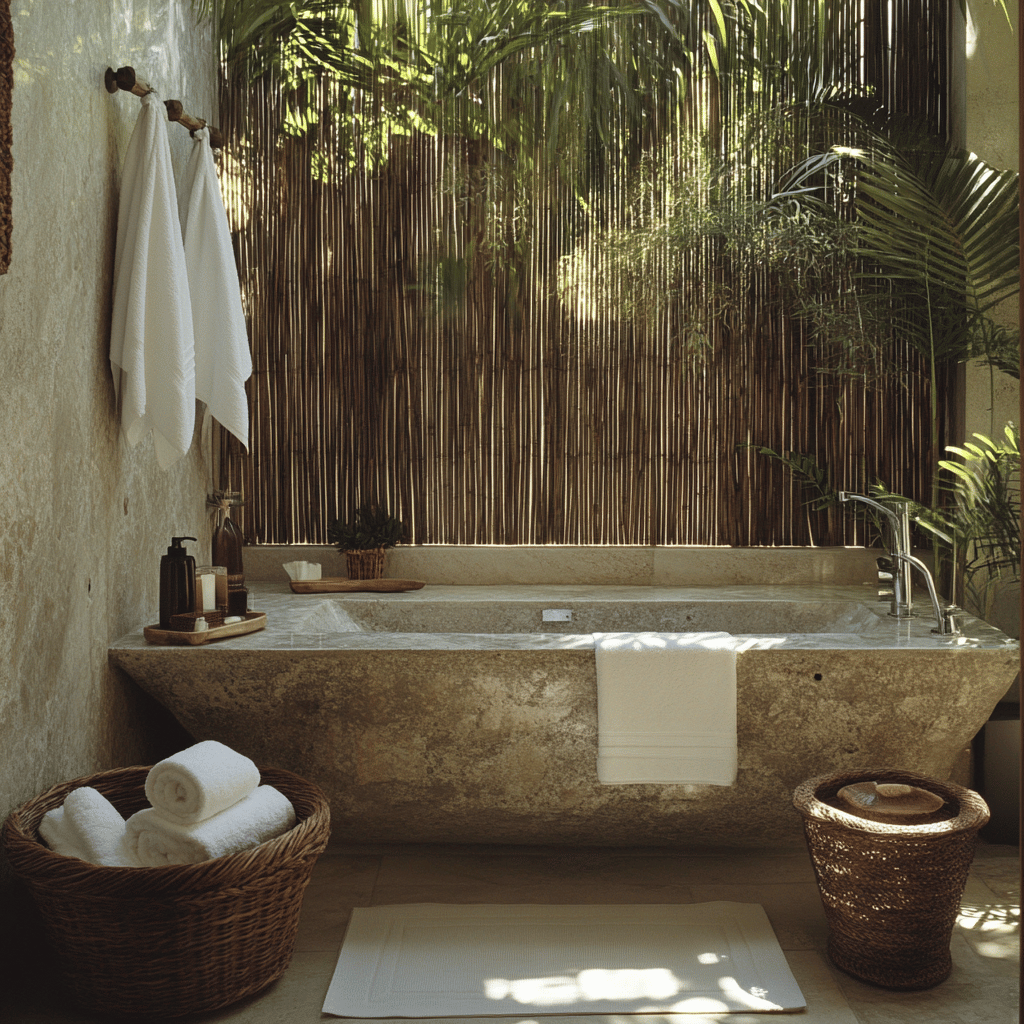
Seasonal Transition Techniques
Spring Preparation
I start my coordination efforts in early spring when I’m planning garden plantings and refreshing indoor spaces. This timing allows everything to mature together through summer.
Color planning happens first. I choose paint colors and major textiles with my intended outdoor palette in mind. This prevents costly mistakes later when outdoor elements don’t complement indoor choices.
Container gardening gives me flexibility to adjust outdoor colors as needed. I can move pots to different locations or swap plants if coordination isn’t working as planned.
Peak Summer Optimization
Summer is when all my coordination efforts pay off. The seamless flow between spaces makes entertaining effortless and daily living more enjoyable.
I pay attention to maintenance during peak season. Outdoor fabrics need regular cleaning to maintain their coordination with indoor elements. Faded or dirty outdoor pieces break the illusion immediately.
Fresh flowers from the garden bring outdoor colors inside regularly. I choose varieties that complement my coordinated palette while providing seasonal variety.
Fall Transition Planning
As summer ends, I don’t abandon coordination completely. I transition gradually, maintaining some elements while preparing for seasonal changes.
Hardy plants that continue into fall help maintain outdoor color. Mums, ornamental cabbages, and late-blooming perennials extend the coordinated look.
Indoor textiles can shift to warmer tones while maintaining the same style and scale. I swap light summer fabrics for cozy fall textures in coordinating colors.
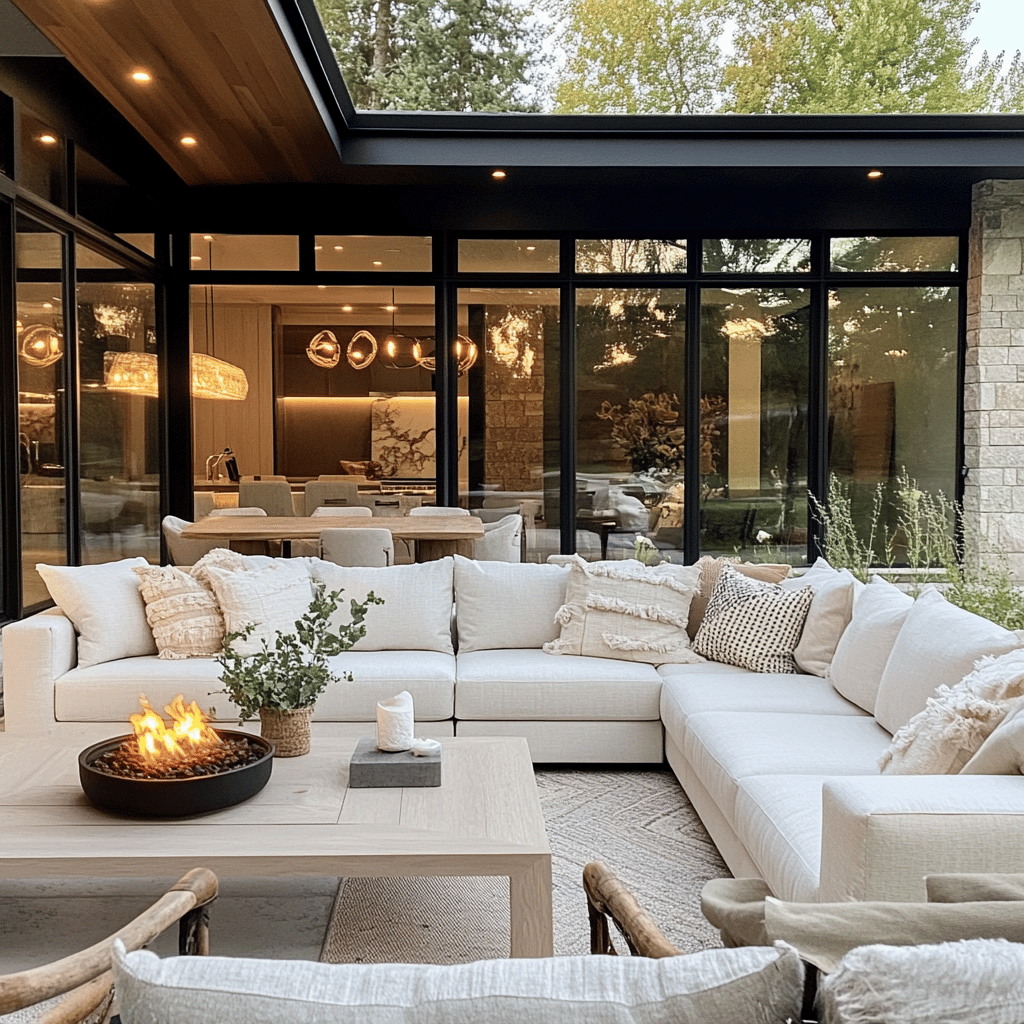
Practical Implementation Tips
Budget-Conscious Approaches
Coordination doesn’t require a complete overhaul. I’ve learned to make strategic changes that deliver maximum impact for minimal investment.
Paint is the most cost-effective coordination tool. A few gallons can transform both indoor walls and outdoor furniture to create instant harmony.
Textile swaps work wonders. New outdoor cushions and indoor throw pillows in coordinating colors refresh both spaces affordably. I shop end-of-season sales to build my coordination collection over time.
DIY projects stretch budgets further. I’ve painted planters, recovered cushions, and built simple outdoor furniture to achieve coordination without high costs.
Maintenance Considerations
Coordinated spaces require ongoing attention to maintain their harmony. I’ve developed systems that make this manageable rather than overwhelming.
Weekly maintenance checks catch problems early. Faded fabrics, dirty surfaces, and overgrown plants can quickly disrupt coordination if left unchecked.
Seasonal deep cleaning refreshes both indoor and outdoor elements. I schedule these sessions to coincide with natural transition points like spring opening and fall closing.
Storage solutions protect coordination investments during off-seasons. Proper storage of outdoor textiles and accessories ensures they’ll coordinate properly when returned to use.

Common Mistakes to Avoid
Scale Mismatches
One of my biggest early mistakes was ignoring scale differences between indoor and outdoor spaces. Outdoor areas often need larger furniture and bolder elements to feel proportionate.
I learned to size outdoor furniture appropriately for the space rather than trying to match indoor pieces exactly. The goal is visual balance, not identical sizing.
Plant selections need to consider mature sizes too. Small plantings that look proportionate initially may overwhelm coordinated spaces as they grow.
Weather Ignorance
Not all indoor materials and colors work outdoors, no matter how beautiful the coordination looks initially. I’ve learned this lesson through expensive mistakes.
Fabric choices must prioritize weather resistance without sacrificing style. I test small pieces before committing to major purchases in coordinated fabrics.
Metal finishes need appropriate treatments for outdoor use. Beautiful indoor hardware can rust or corrode quickly when exposed to weather.
Overcomplicated Schemes
My most successful coordinations use simple, consistent elements rather than complex matching schemes. Simple approaches are easier to maintain and more visually effective.
Too many colors or patterns create chaos rather than coordination. I limit myself to a maximum of three main colors with one or two accent colors.
Overmatching looks forced and unnatural. I aim for coordination through similar tones and styles rather than exact matches that feel contrived.
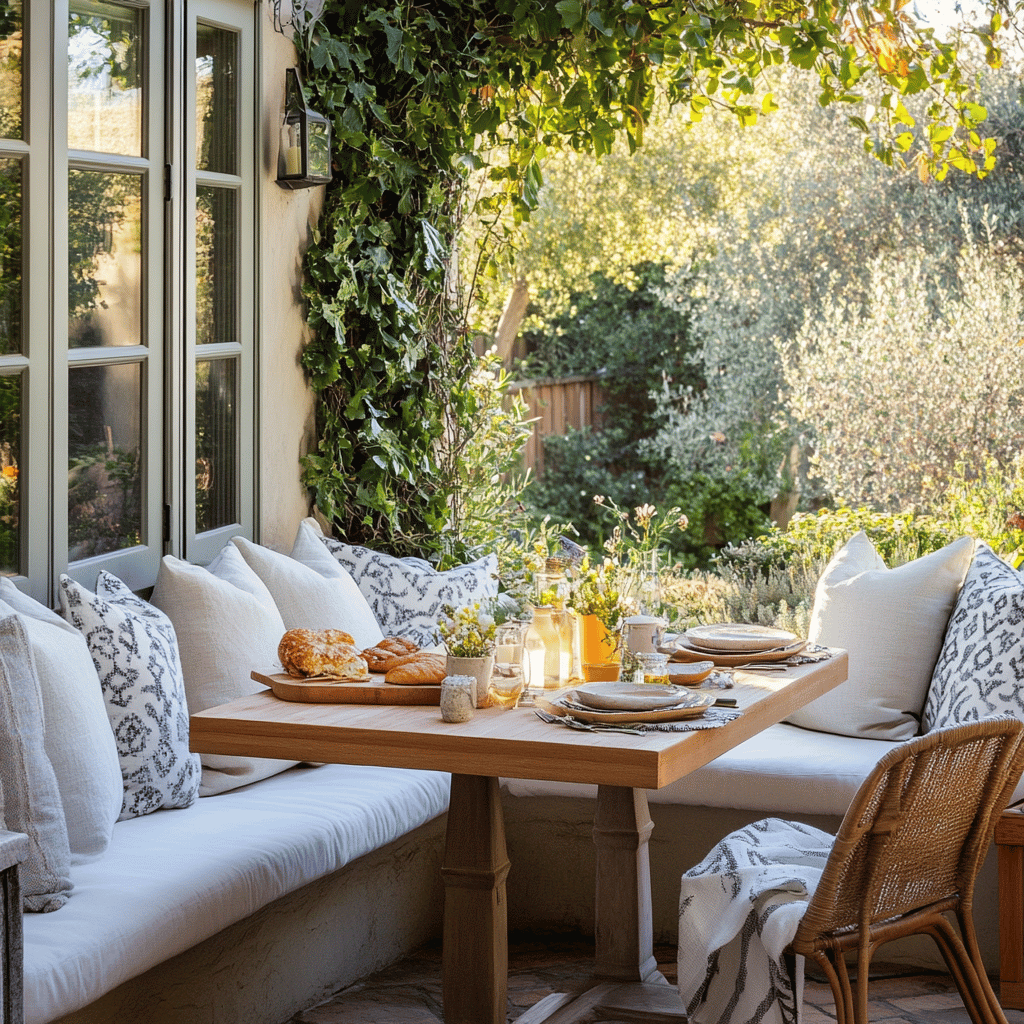
Advanced Coordination Concepts
Lighting Integration
Coordinated lighting extends usable hours and creates magical ambiance. I layer different types of lighting in both indoor and outdoor spaces using consistent styles and warm color temperatures.
Dimming capabilities in both areas allow for mood adjustments throughout the day. I can create intimate dinner settings or bright task lighting as needed.
Solar options for outdoor spaces reduce electrical complexity while providing reliable illumination. Technology improvements have made solar lighting a viable coordination option.
Plant Integration
Plants are living design elements that change seasonally. I choose varieties that complement my coordination scheme while considering their growth patterns and maintenance needs.
Container gardens offer more control over plant placement and appearance. I can adjust arrangements to maintain coordination as plants grow and change.
Indoor plants that thrive in bright conditions near outdoor access points strengthen the connection between spaces. Large statement plants work particularly well for this purpose.
Technology Integration
Modern technology supports coordination through smart home systems that control lighting, music, and climate in both indoor and outdoor spaces simultaneously.
Outdoor speakers that complement indoor systems create seamless audio experiences. Weather-resistant options now offer excellent sound quality for coordination purposes.
Automated irrigation systems keep outdoor plantings healthy and beautiful without constant attention, maintaining the coordinated appearance consistently.

Seasonal Inspiration Sources
I find inspiration everywhere once I start looking for coordination opportunities. Garden magazines, home design blogs, and even hotel landscapes provide ideas adaptable to residential spaces.
Social media platforms offer endless examples of successful coordination. I save images that appeal to me and analyze what makes them work effectively.
Local garden tours showcase real-world applications in similar climates and settings. Seeing successful coordination in person provides practical insights that photos can’t convey.
Future-Proofing Your Design
Coordination schemes work best when they can evolve over time. I choose foundation elements that will remain relevant while allowing for seasonal and style updates.
Classic color palettes age better than trendy combinations. I build my coordination around timeless combinations that I can accent with current colors as desired.
Quality investments in key pieces pay off over time. Well-made outdoor furniture and indoor pieces that can transition between spaces provide long-term value.

Making It Personal
The most successful coordination reflects your personal style and lifestyle needs. I adapt general principles to fit my family’s way of living and entertaining.
Consider how you actually use your spaces rather than how you think you should use them. Coordination that doesn’t support your lifestyle won’t be maintained properly.
Start small and build gradually. Perfect coordination takes time to develop, and rushing the process often leads to costly mistakes and dissatisfaction.
Creating cohesive summer spaces through outdoor-indoor coordination has transformed how I experience my home. The seamless flow between spaces makes everything feel larger, more comfortable, and more connected to the natural world.
The key is starting with a clear vision and building gradually with quality pieces that work in both environments. With patience and attention to detail, you can create the same magical flow in your own home.
Remember that coordination is about creating harmony, not perfect matches. The goal is spaces that feel naturally connected and personally meaningful to you and your family.
If you love home decor and interior design as much as I do, check out these other articles I think you might like.
Summer Neutrals: Calm Base with Seasonal Accents
Below is a video that when played on your TV can turn your TV into a piece of art. There are hundreds of different videos to choose from.

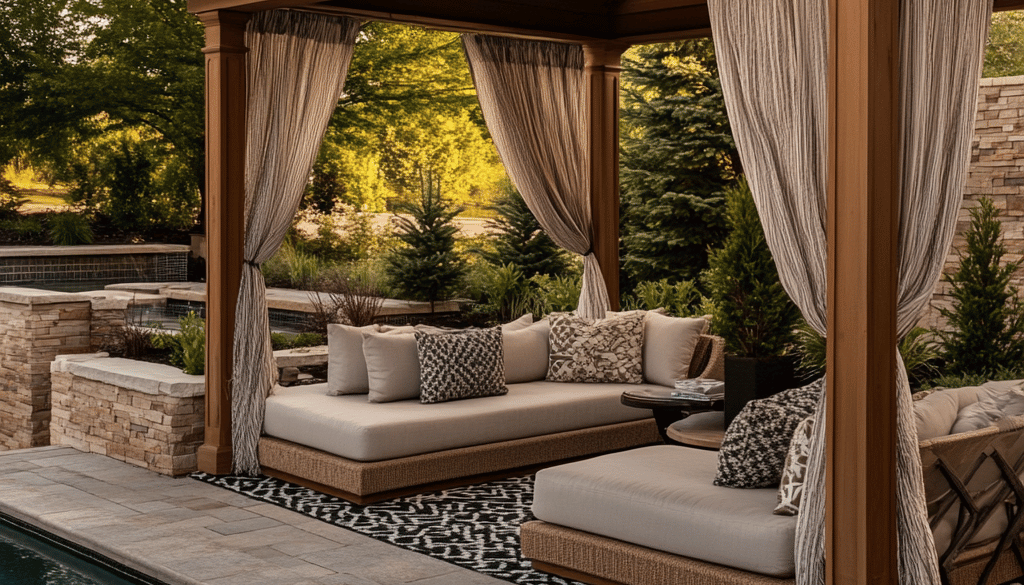
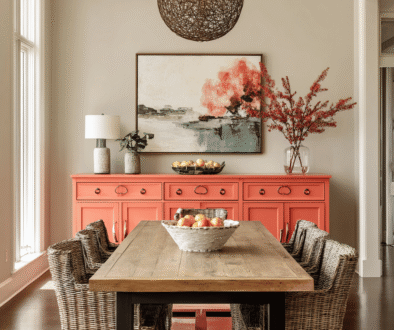
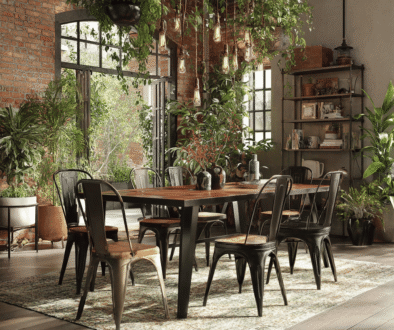
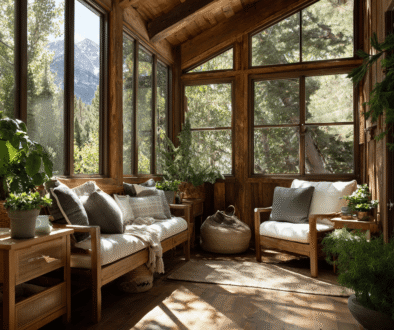
Vertical Summer: Wall Decor Tips for Bright Spaces
June 26, 2025 @ 1:23 pm
[…] Summer Flow: Outdoor-Indoor Design Harmony […]
Summer Coffee Table Styling: Fresh Ideas for the Living Room
June 27, 2025 @ 1:31 pm
[…] Summer Flow: Outdoor-Indoor Design Harmony […]